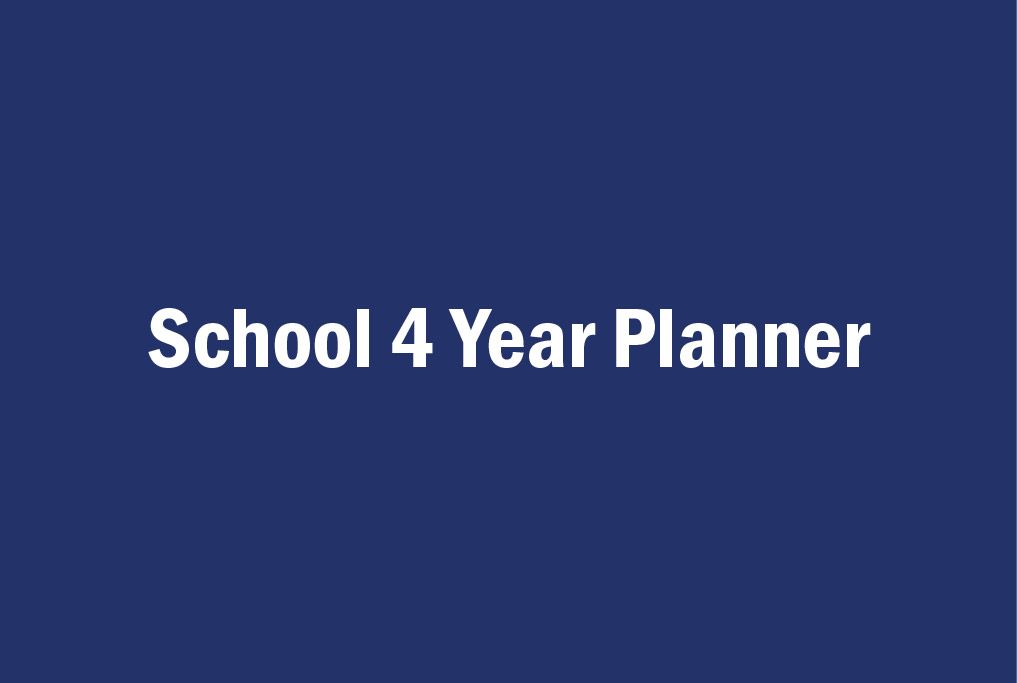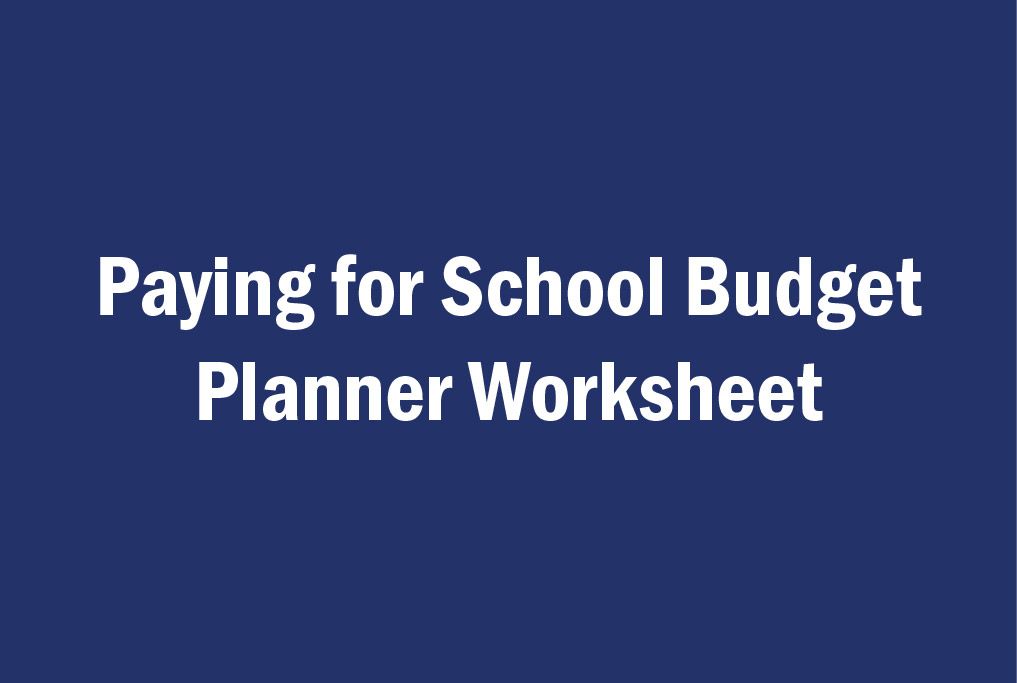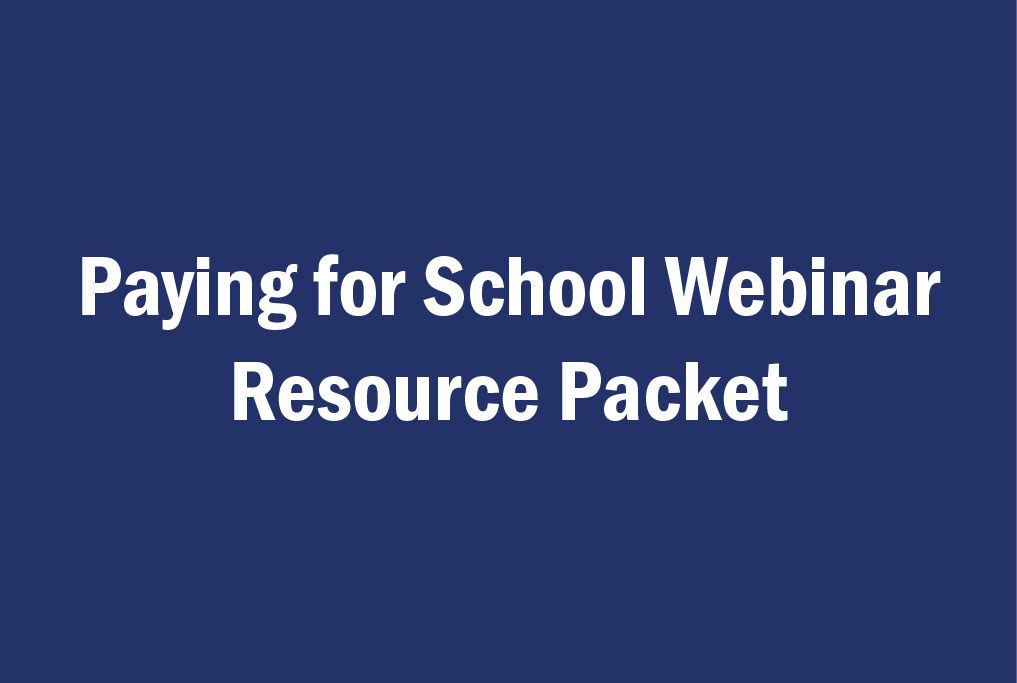Paying for School
"An investment in knowledge pays the best interest." -Benjamin Franklin
Welcome to MSU! The video is presented to you by MSU Office of Financial Education and Financial Aid Services. This video is designed to help incoming students and parents to be informed of the tuitions and fees for school, organize your funding sources, navigate the MSU billing, access to financial aid service and resources, and create a budget plan that works for your family.
Topics Covered:
1) FAFSA
2) In state and out of state tuition and fees, dorms and meal plans for 2024/2025 academic year
3) How to confirm your bill
4) How to cover the tuition gap
5) Tuition payment Plans
6) Federal Student Loans
7) Parent Plus Loans
8) Student loans repayment options
9) State of Montana Residency information
10) Grants, Award, and Scholarships
11) Paying for school budget planner
12) Important dates and deadlines
13) Resources and links for MSU Offices
14) Student jobs on campus – Hire a Bobcat and Gold Standard Program
15) One on one financial coaching
Every student has a variety of resources available to help with paying for school. We provide background information, links, and suggestions to help you build the PLAN that works best for YOU.
Steps to Building a Successful Plan:
1. Determine what it will cost you to attend MSU:
TIP: Look at the indirect costs and adjust them to fit your needs based on your expected travel, whether-or-not you will have a car, live off campus, etc.
2. Look at your existing funds:
3. When you total up your available resources, are you in a good place, or do you need to look for additional support?
TIP: Make sure you consider that college is a multi year commitment. Will your available funds hold out for four or more years? Start now tomake a planfor organizing your funds to cover your whole experience, not just this year.
4. When you have determined your funding plan, and you have registered for class, you can now log in toMyInfo, acceptyour desired aid and confirm your bill.
•If you have enough funds available to pay your bill for this semester, you can go to QuikPay and pay now.







